Berlin Wall: The Story Of Its Rise And Fall Through Captivating Photos
For nearly 30 years, Berlin was split by a concrete barrier, the Berlin Wall, which stretched nearly 27 miles through the city. This grim structure stood as a powerful symbol of the Cold War, separating East and West Berlin.
Built quickly and guarded fiercely with barbed wire, attack dogs, and 55,000 landmines, the wall was a stark reminder of ideological division.
Despite its imposing presence, the Berlin Wall could not withstand the pressure of a growing democratic movement. By 1989, widespread protests and calls for freedom mounted against the wall and the socialist German Democratic Republic (GDR).
The division of Germany and Berlin
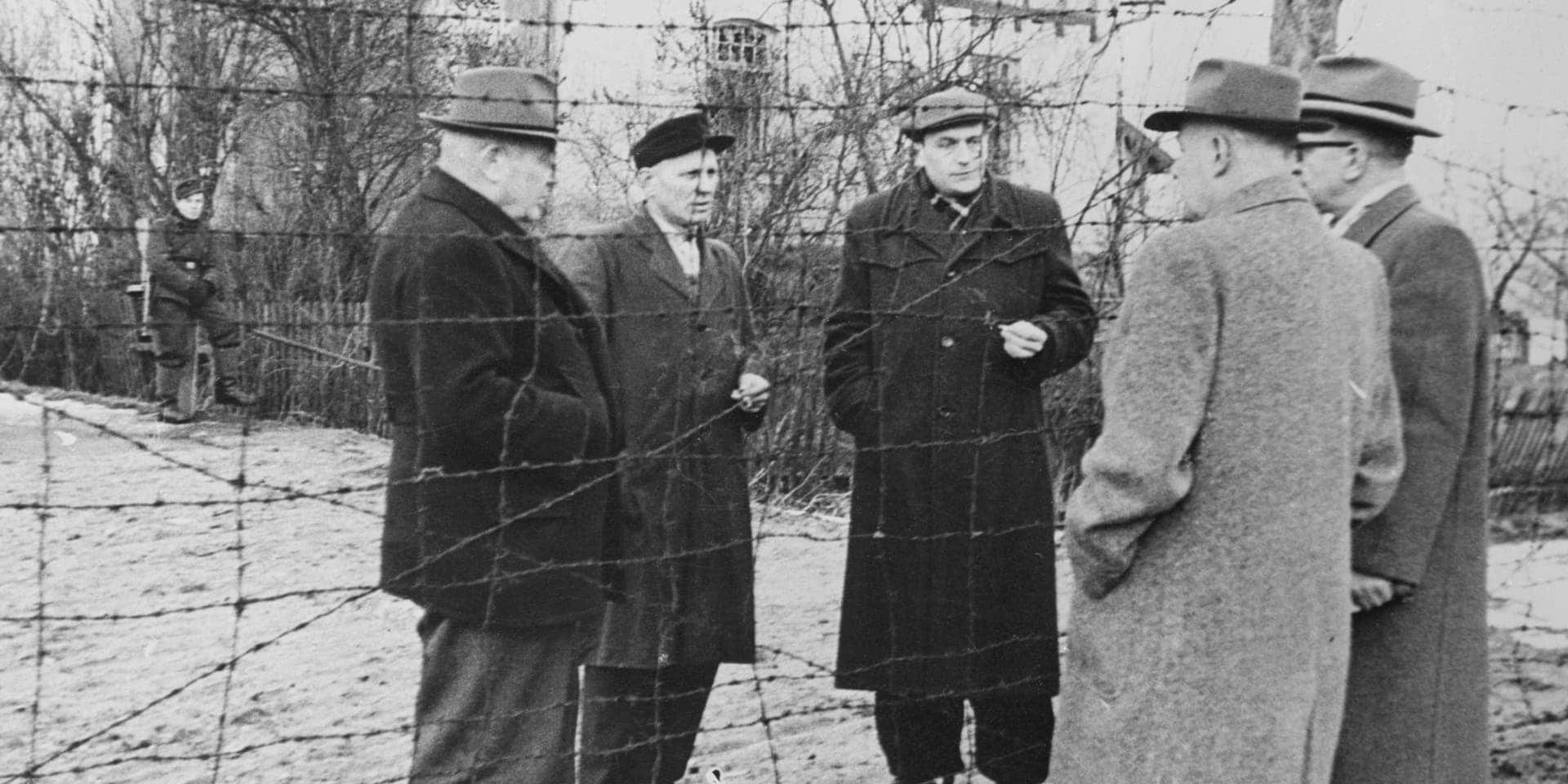
After World War II, Germany was divided into four separate occupation zones, a decision made during the Allied peace conferences at Yalta and Potsdam in 1945.
The Soviet Union took control of the eastern part of Germany, while the western regions fell under the administration of the United States, Great Britain, and, later, France.
Berlin, despite its location within the Soviet zone, was also divided into four sectors, with each Allied power overseeing a portion of the city starting in June 1945.
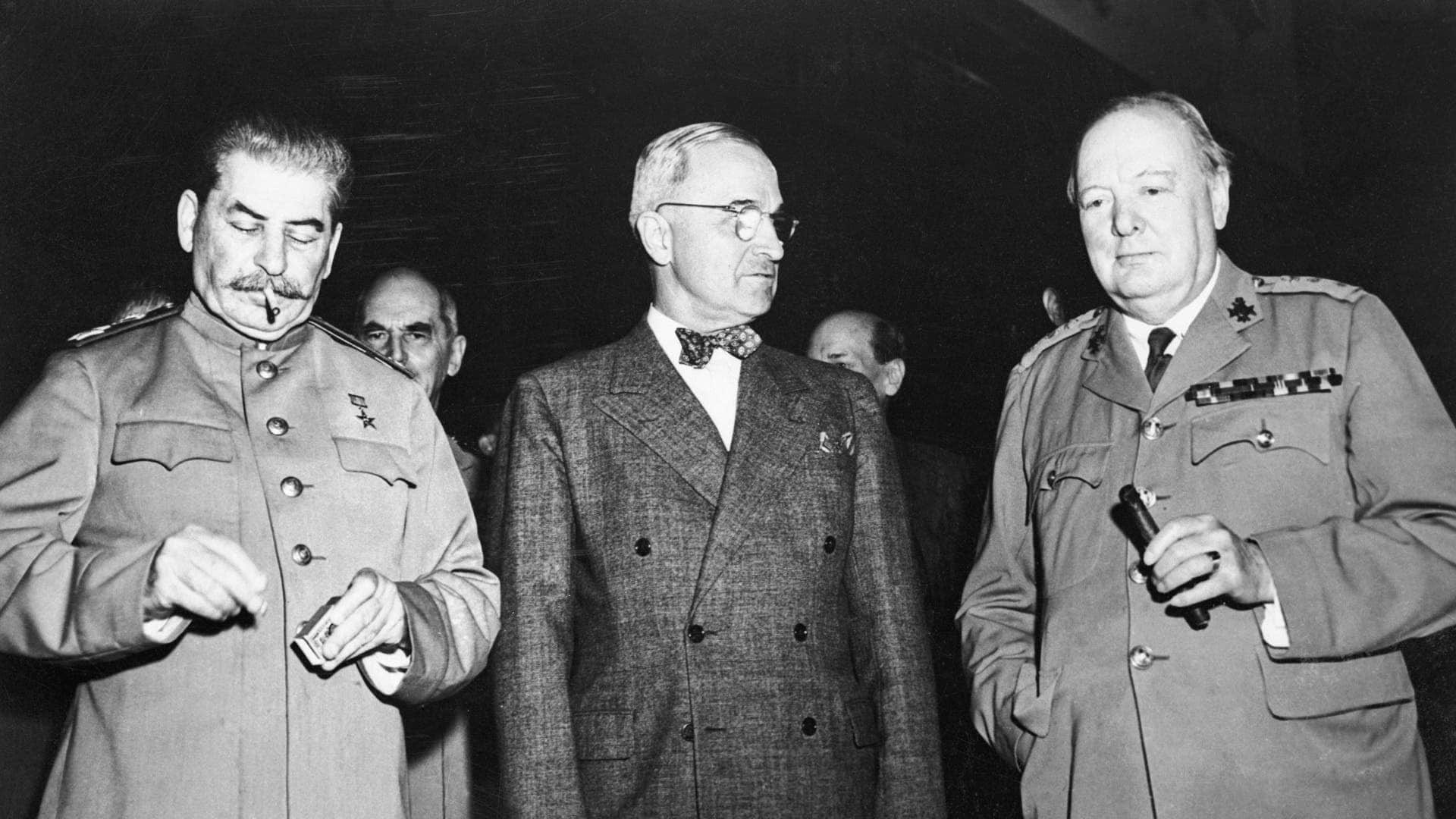
As tensions grew between the Soviet Union and the Western Allies, the cooperative spirit of the occupation quickly deteriorated. By 1948, this strain became evident with the Berlin Blockade, where the Soviets halted all supplies to West Berlin.
In response, the Western Allies initiated the Berlin Airlift, a dramatic operation that provided the city with essential supplies from the air, ensuring West Berlin’s survival until the blockade ended in May 1949.
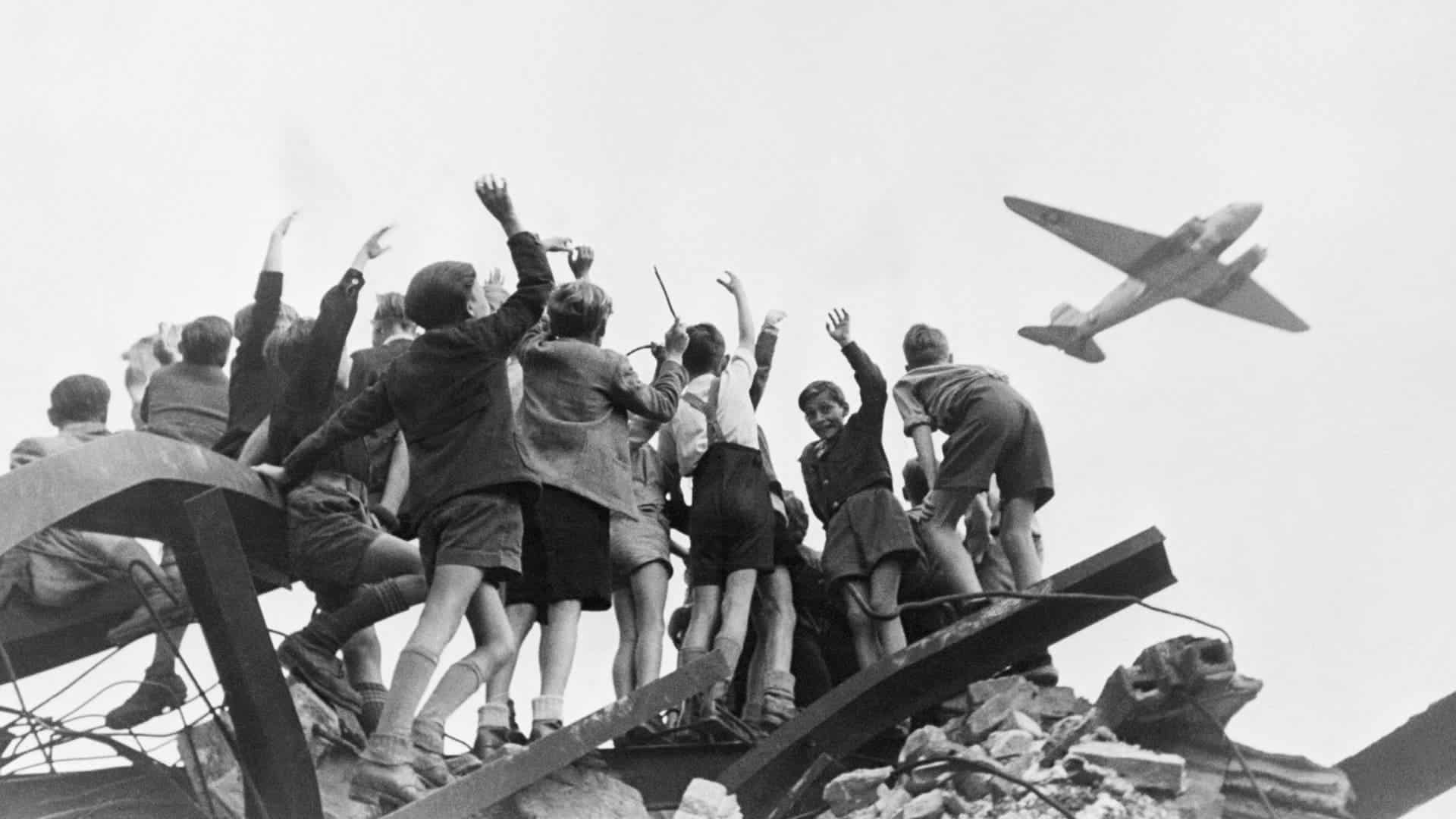
By 1949, the division of Germany became official. The Western zones were consolidated into West Germany (the Federal Republic of Germany), while the Soviet zone became East Germany (the German Democratic Republic).
This split not only shaped Germany’s political landscape but also cemented the Cold War divide between the capitalist West and the communist East.
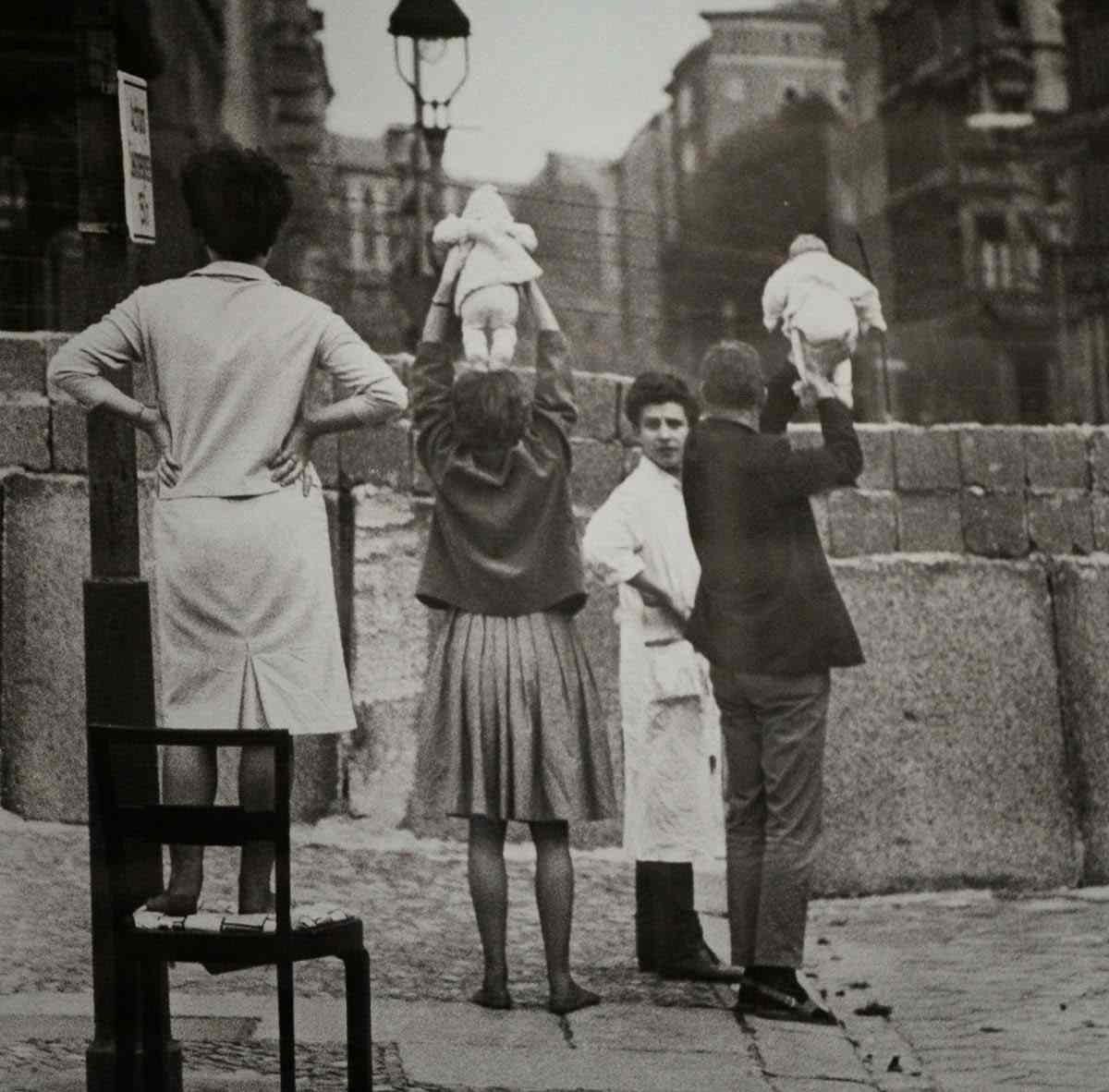
In Berlin, the division created a special situation where West Berlin became a democratic island surrounded by Communist East Germany. The separation set the stage for many years of rivalry and conflict between the East and the West.
A stark contrast between East and West Germany

East and West Germany developed in vastly different ways. West Germany, benefiting from the Marshall Plan and a social market economy, experienced a remarkable economic turnaround known as the “Wirtschaftswunder” or economic miracle.
This rapid growth allowed West Germans to enjoy a high standard of living, political freedom, and access to a wide range of consumer goods.
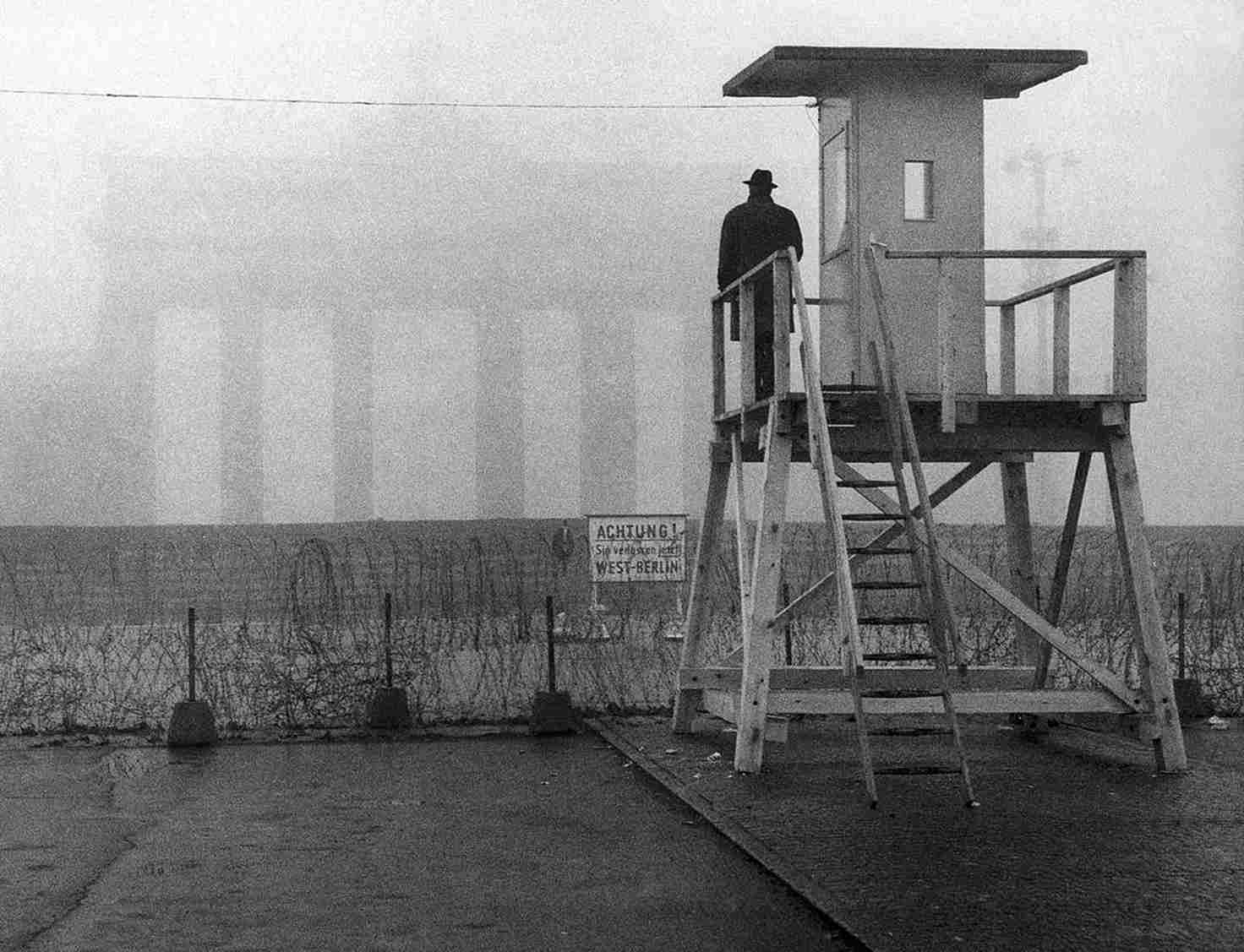
On the other hand, East Germany, under Soviet influence, struggled with a centrally planned economy that led to lower productivity and frequent shortages of goods.
The government, known as the GDR, controlled almost every aspect of life. The Stasi, the East German secret police, kept a close watch on people and silenced anyone who disagreed with the government. Citizens couldn’t travel freely or get much information.
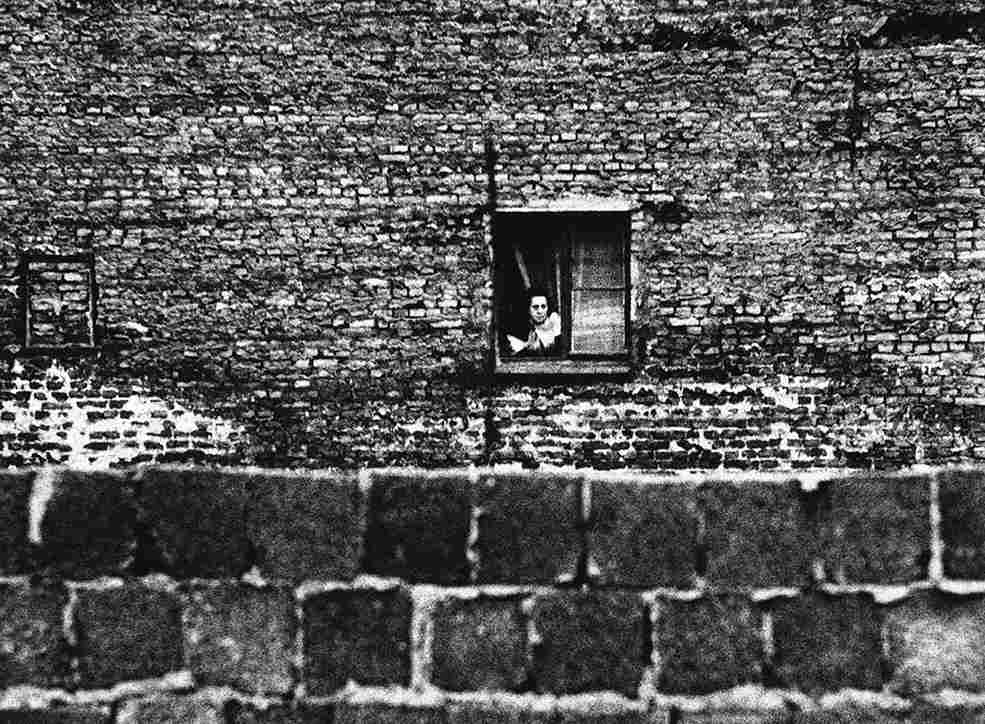
This stark contrast drove many East Germans to flee to the West. Between 1949 and 1961, around 3.5 million people, with many young and skilled workers, left East Germany.
This exodus, or brain drain, significantly impacted the East German economy, costing billions of Deutsche Marks and leaving the country with a shortage of talent and resources.
The Berlin crisis and the rise of the Berlin Wall

In 1961, the Berlin Crisis reached its peak as tensions soared between East and West. East Germans were fleeing to the West, making Berlin a hotbed of conflict.
On June 4, Soviet leader Nikita Khrushchev demanded the withdrawal of Western troops from Berlin and proposed turning West Berlin into a “free city.” His threat to sign a separate peace treaty with East Germany and hand over control of Berlin’s access routes created a tense standoff.

President John F. Kennedy, new in office, met Khrushchev just before the crisis. He assured that the U.S. would defend West Berlin but showed some willingness to negotiate on certain issues. Khrushchev saw Kennedy’s approach as weak and ramped up pressure on the city.
The situation took a dramatic turn on August 12, 1961, when East German leader Walter Ulbricht ordered the closure of the border between East and West Berlin. That night, East German soldiers began erecting barbed wire fences and barriers.
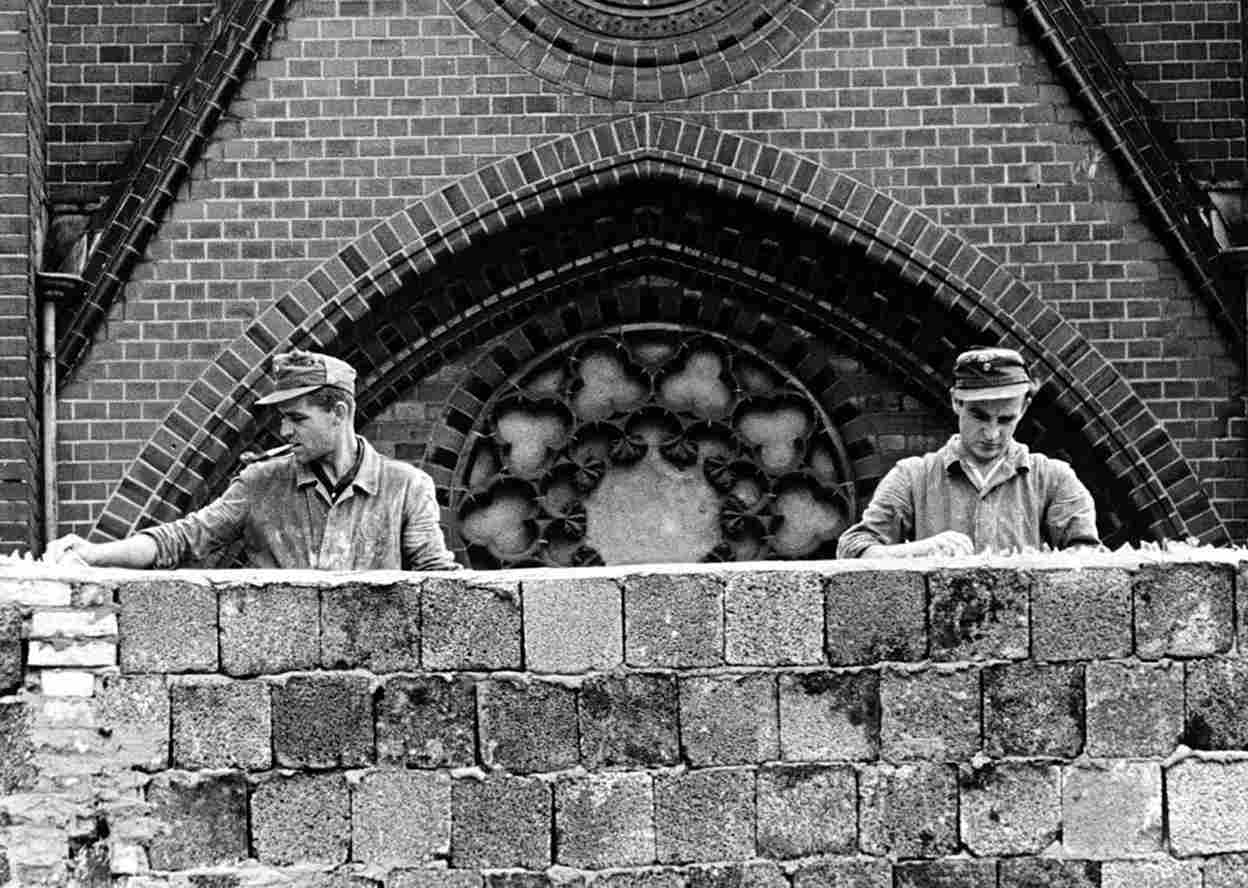
By morning, Berliners were stunned to find their city divided by a wall, which had suddenly transformed their once open border into a heavily guarded barrier.
The new wall, which would eventually extend 96 miles, not only cut through Berlin but also encircled West Berlin, completely isolating it from East Germany.
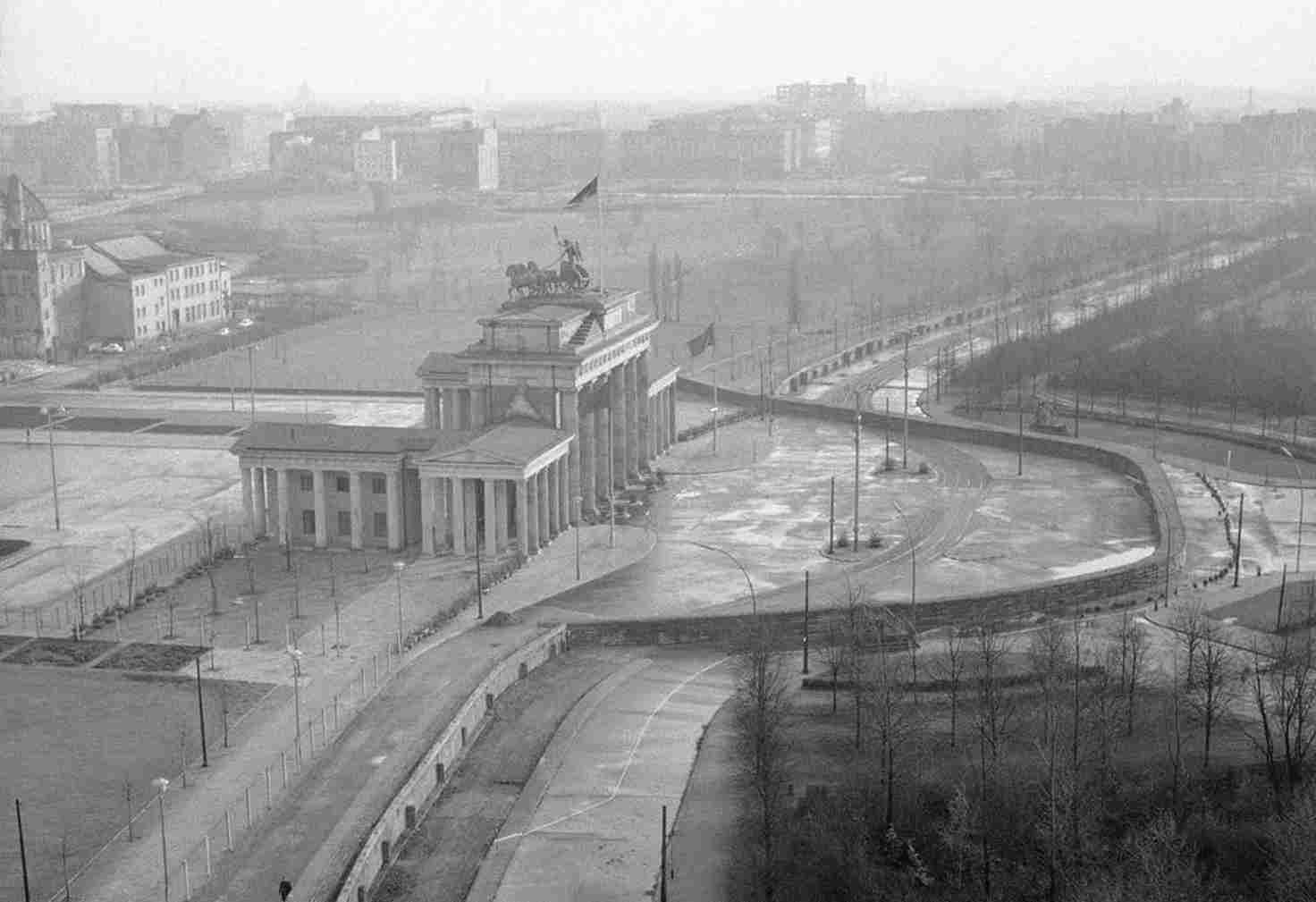
The Berlin Wall underwent several changes over its 28-year history. Initially, it was a simple barbed-wire fence, but it soon evolved into a more substantial structure made of concrete blocks and topped with barbed wire.
By the mid-1960s, it was reinforced with steel girders, and by the late 1970s, it had become a formidable barrier with 12-foot high concrete slabs and various security features like watchtowers, electric fences, and minefields.
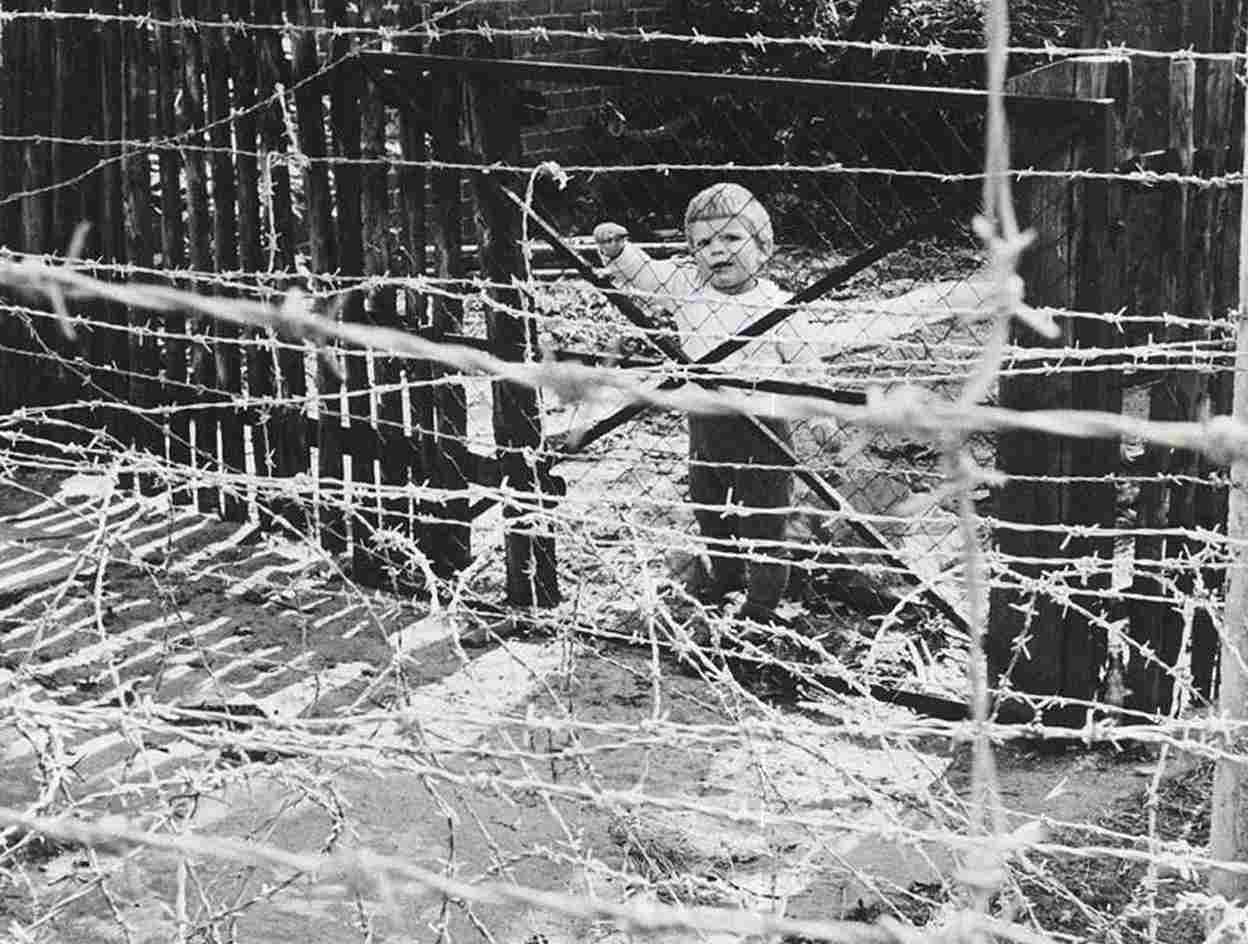
East Germany claimed that the Wall was welcomed by its people, but the reality was quite different.
The Wall was a symbol of oppression and separation, and many East Germans suffered in silence, unable to voice their true feelings due to the constant surveillance and strict controls imposed by the regime.
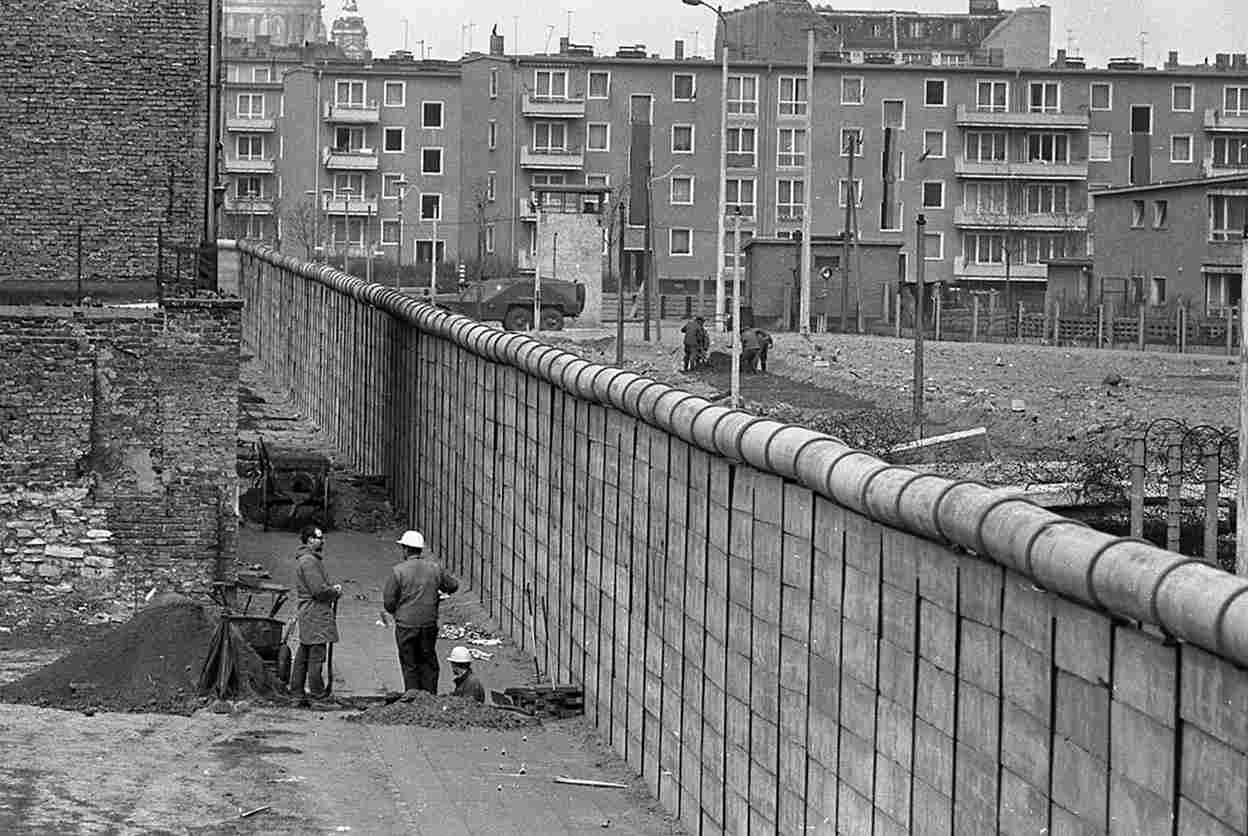
Daring escapes over the notorious Death Strip
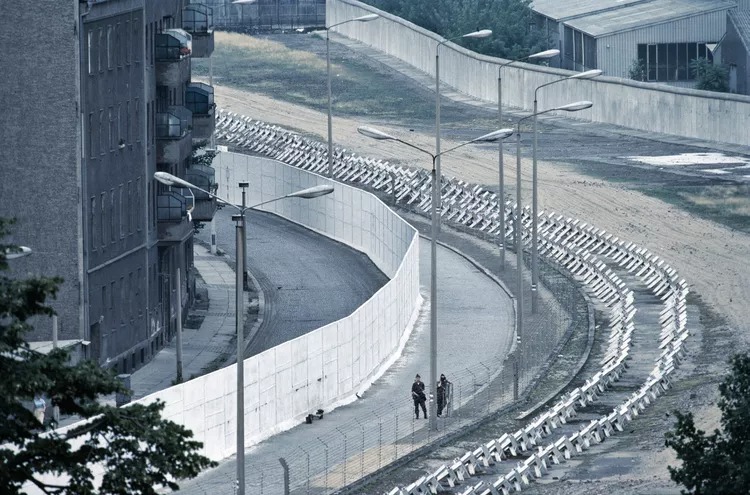
The construction of the Berlin Wall in 1961 effectively halted the mass exodus of East Germans seeking freedom in the West and brought an end to the Berlin crisis.
But it didn’t stop everyone. Over the wall’s history, an estimated 5,000 people managed to flee to the West.

Some escape attempts were straightforward, like climbing ropes or using vehicles to breach the Wall, while others were more desperate, such as jumping from nearby buildings.
In response to these escape attempts, East German authorities took drastic measures. By September 1961, they had boarded up windows and sealed off sewers that connected East and West Berlin.
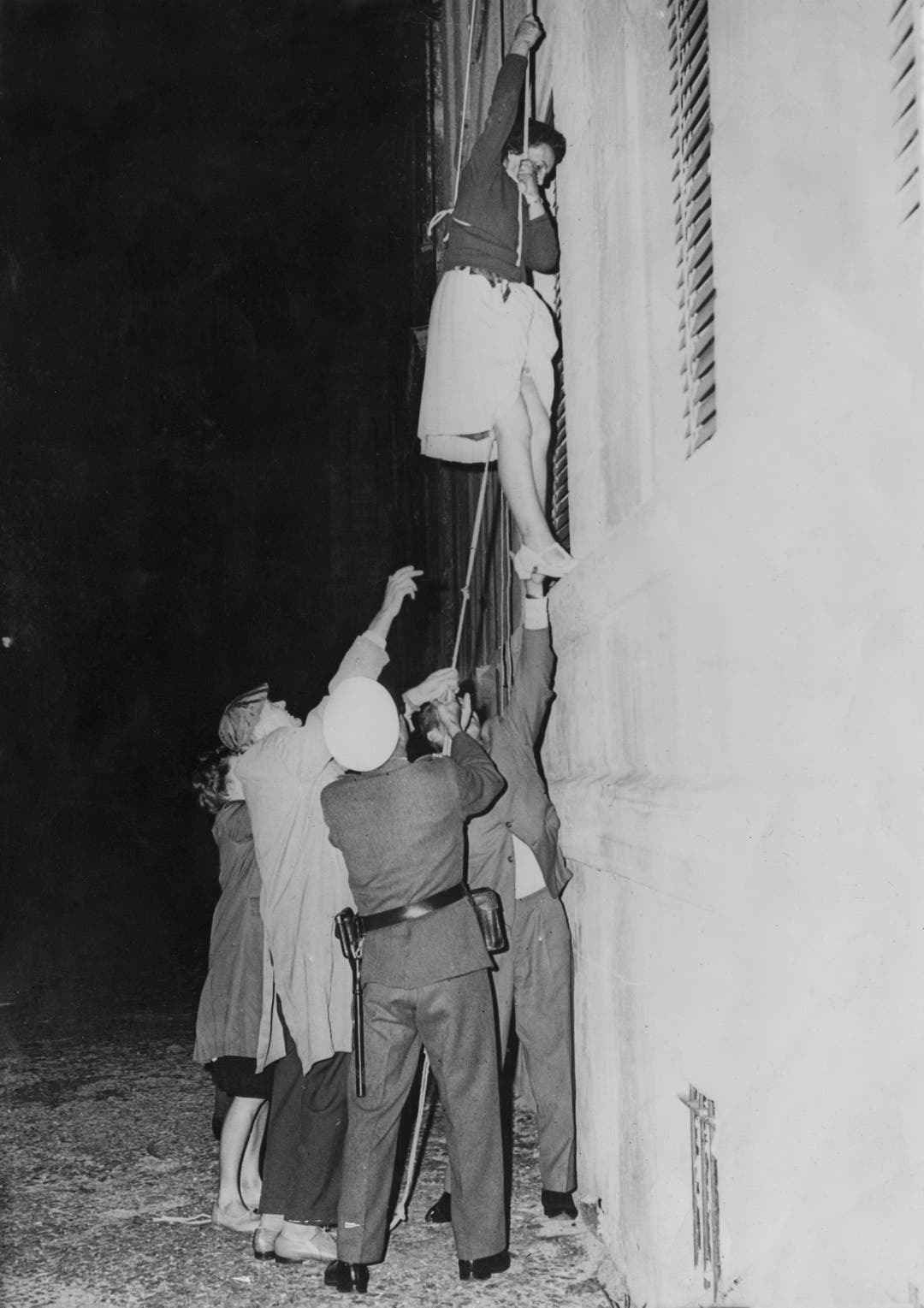
They also established the Todeslinie, or “Death Strip,” which allowed East German soldiers to shoot anyone trying to escape. At least 12 people were killed in the first year alone.
In total, at least 171 people died attempting to cross the Wall until it fell.

The fall of the Berlin Wall
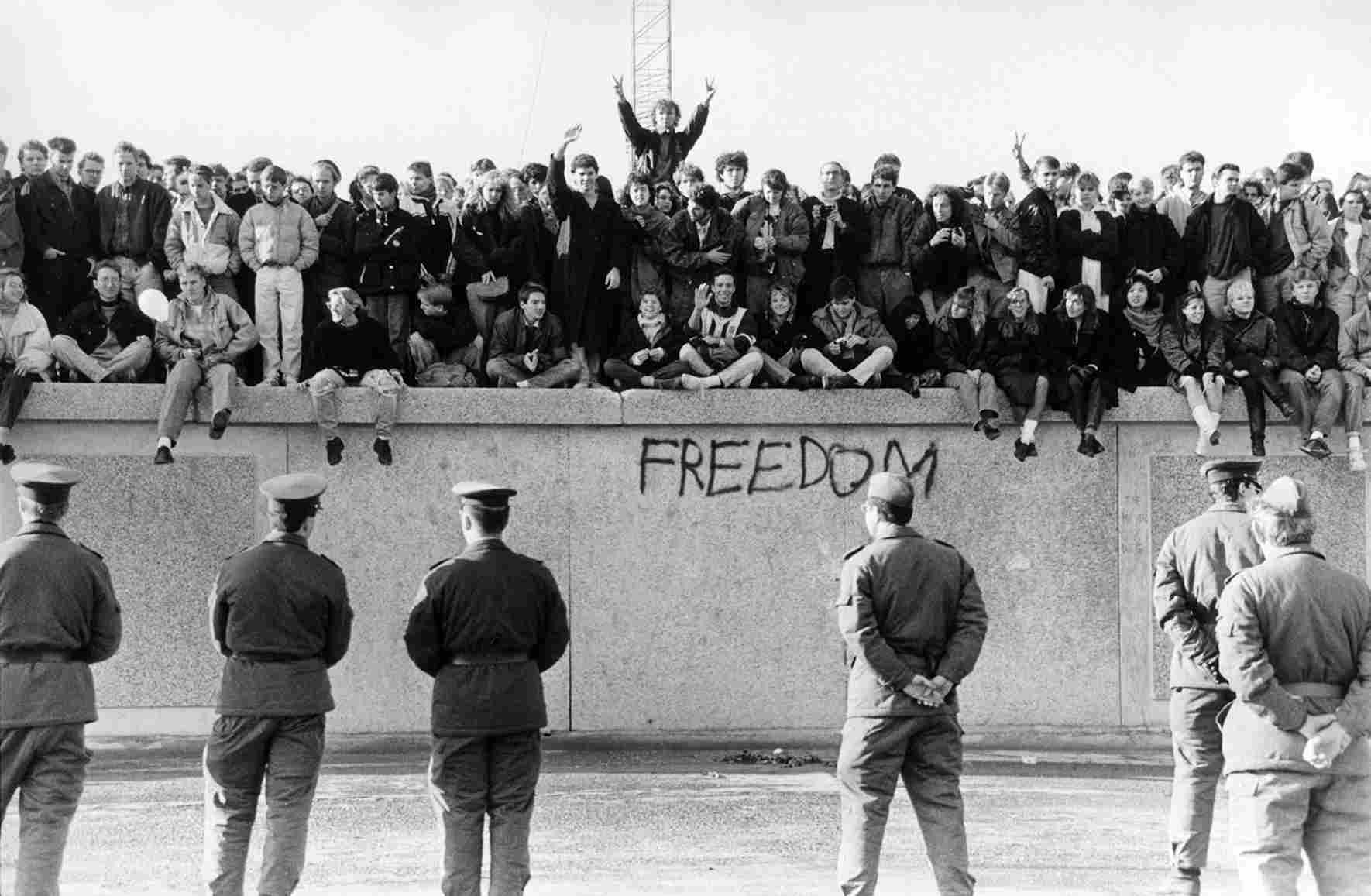
Over the years, the Berlin Wall had become a grim symbol of the Cold War’s division. After years of frustration, East Germans protested for democratic reforms. At the same time, the Soviet bloc struggled with economic problems and political changes.
On November 9, 1989, East Berlin party official Günter Schabowski announced new travel reforms, but his poorly delivered message made it seem as though the GDR had opened its borders.
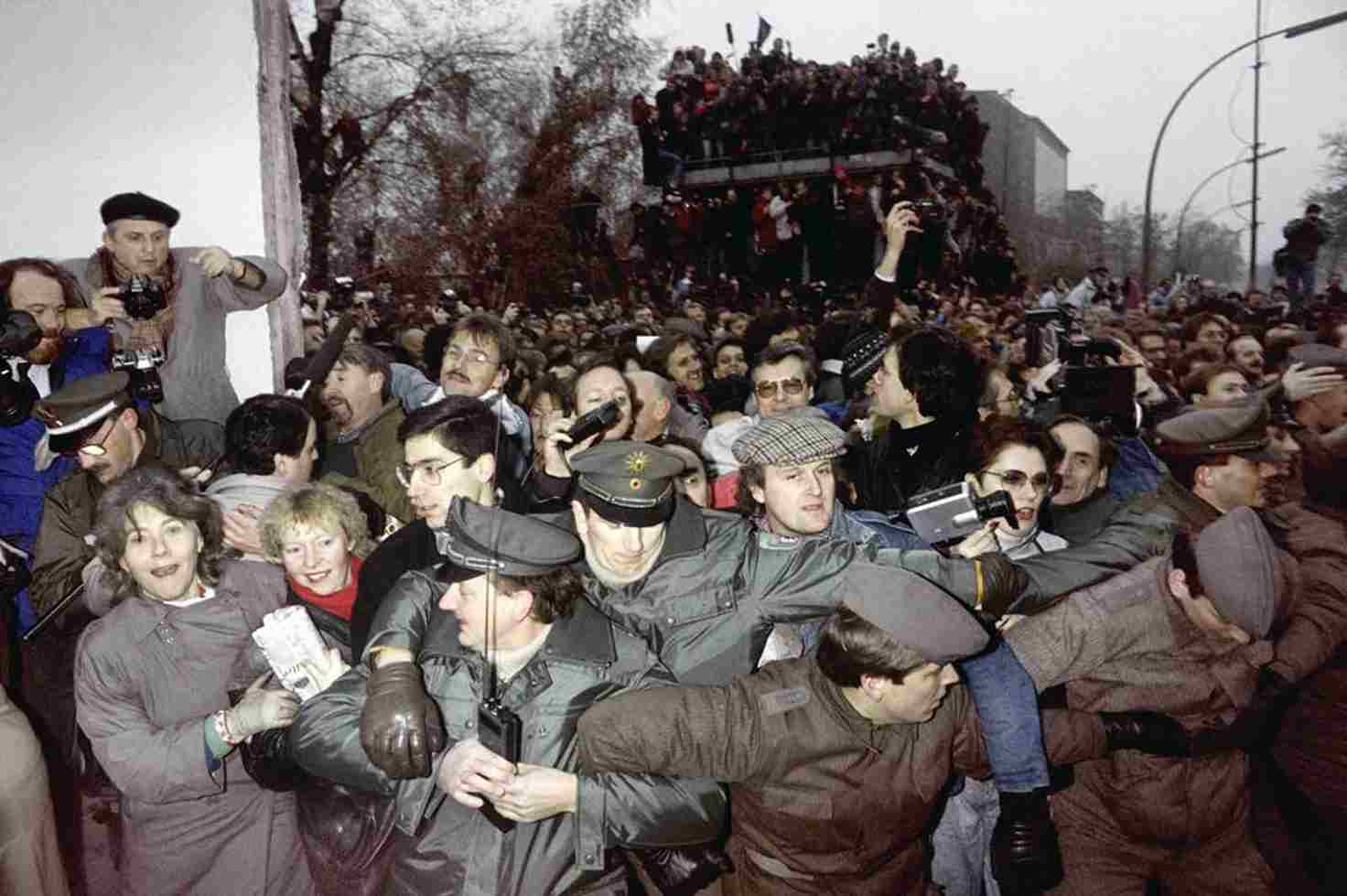
This confusion led thousands of East Berliners to swarm the border crossings, where overwhelmed guards, unsure of what to do, eventually allowed them through.
The scenes that followed were nothing short of jubilant chaos. West Berliners welcomed their counterparts with open arms, celebrating with champagne, music, and tears of joy.
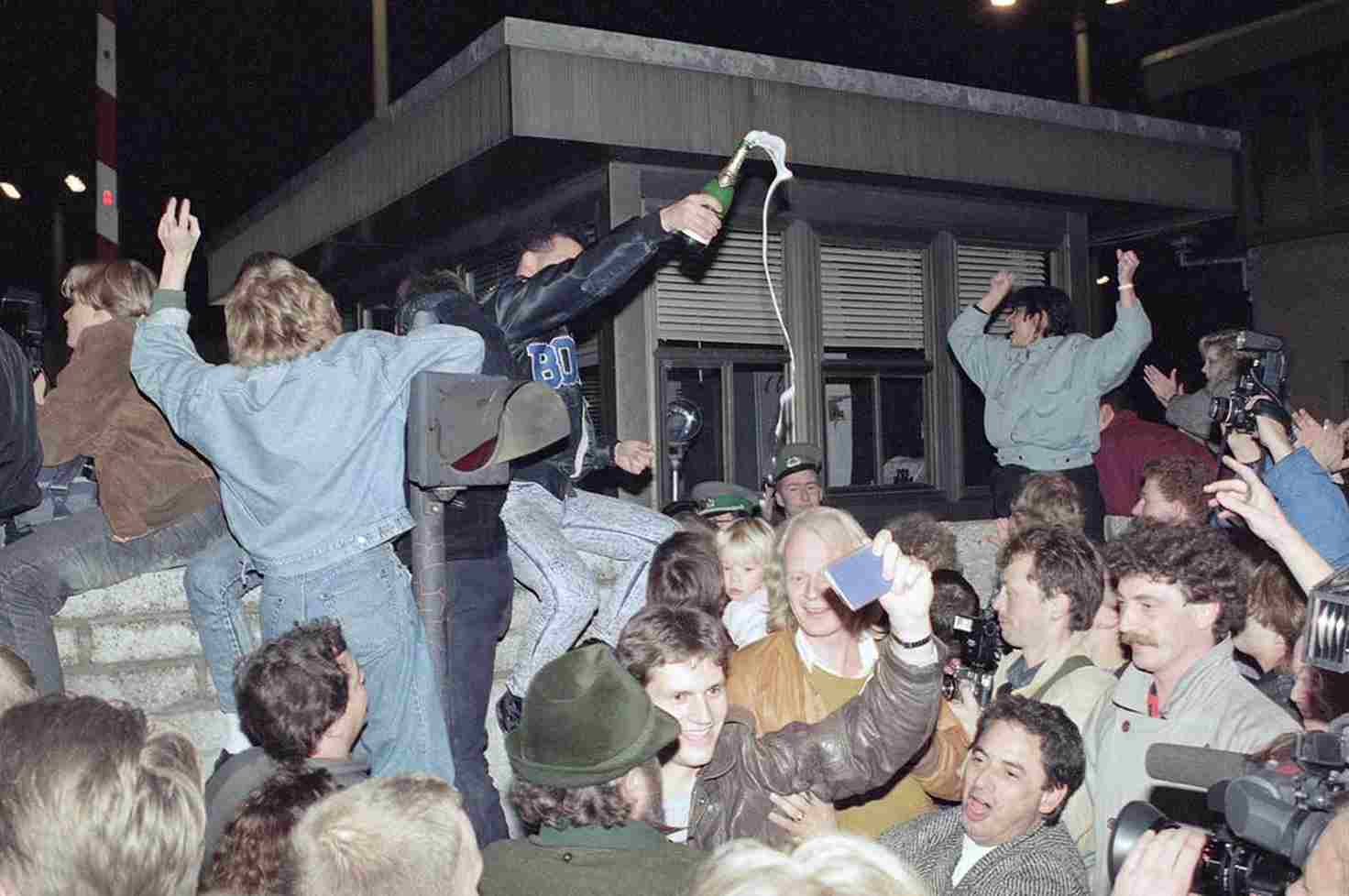
Berliners used hammers and chisels to chip away at the Wall piece by piece and were later nicknamed “mauerspechte” or “wall woodpeckers.”
The emotional celebrations continued throughout the weekend, described as “the greatest street party in the history of the world.”

The fall of the Berlin Wall marked the beginning of the end for the GDR. Within a month, the East German government collapsed, and on October 3, 1990, Germany was officially reunified. This historic event symbolized the end of the Cold War and the beginning of a new era of unity.

